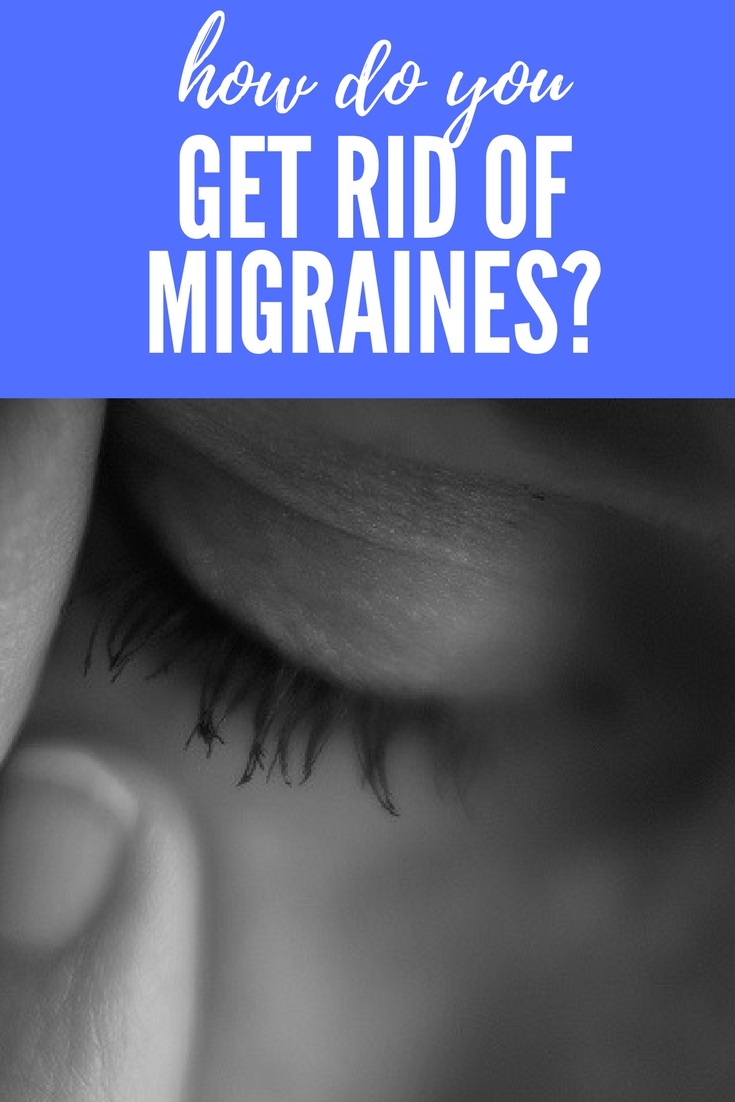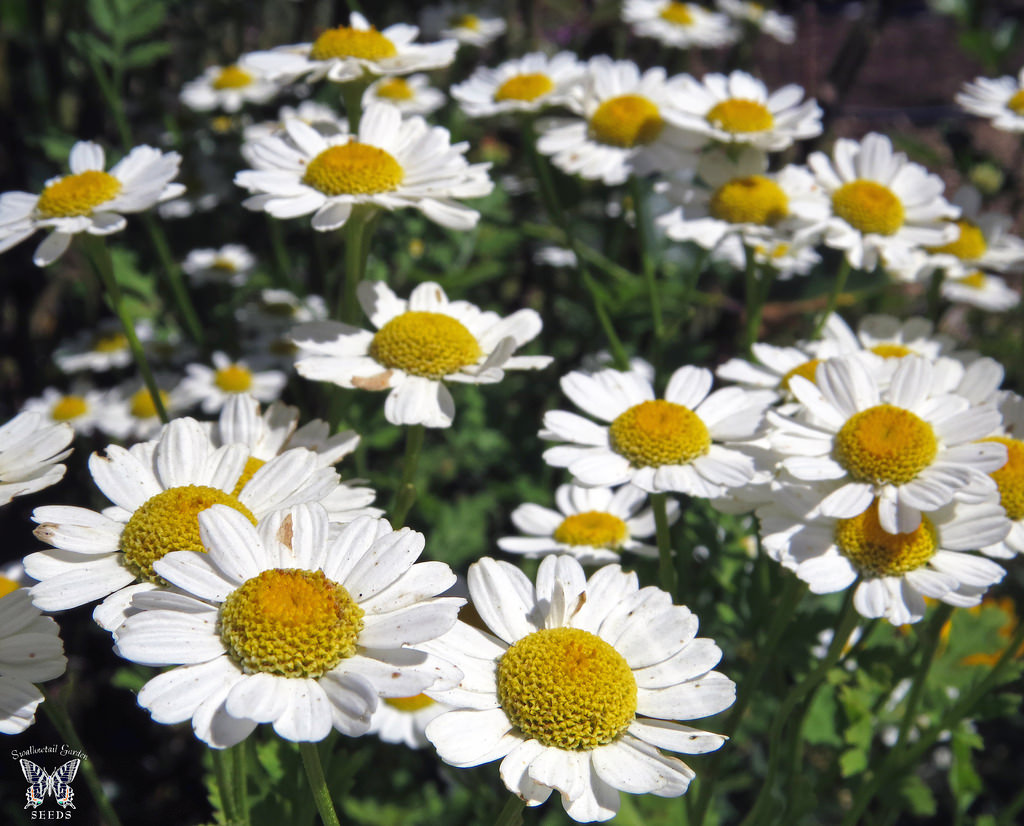How do you get rid of a migraine? As someone who has suffered from migraines for as long as I can remember, I’d like to offer a few tips on how to get rid of a migraine. These are things to try when you first notice your pain is increasing. You need to act fast because waiting, at least for me, will mean a full blown migraine. And that’s the last thing you want.

5 Tips for Instant Migraine Relief
-
Drink a glass of water. This is the first thing I do when I start feeling pain. Often headaches are caused by dehydration, even if you do not feel thirsty. This may be especially pertinent if you drink a lot of caffeine, which tends to cause dehydration.
-
Eat some protein. This is something I do when I haven’t had protein at the previous meal. Protein can help stabilize your blood sugar which, if out of balance, may be triggering a headache.
-
Supplement with magnesium. Some studies have shown that a deficiency in magnesium, which can be caused by too much caffeine, can trigger headaches and migraines. Magnesium can be purchased in a powdered form that is dissolved in water. Try 200 – 600 mg a day to prevent migraine frequency. Include some calcium with this to help relax your muscles.
-
Have a caffeinated drink. Yes, caffeine can trigger migraines, but it can also help ease the pain if all else fails. In fact, many pain killers that are designed to treat headaches contain caffeine. If I’ve tried the other options and I find that I still hurt, I reach for a cup of coffee or black tea.
-
Exercise. If your pain isn’t too severe, a walk or a few stretches can do wonders to increase blood flow and work out stiff muscles.
Herbs for Migraines

A number of herbs are helpful for treating migraines. My favorite one is feverfew (Tanacetum parthenium). It is both anti-inflammatory and analgesic, so it works wonderfully to manage migraine pain. I grow my own feverfew to make tinctures, but I also frequently eat a fresh leaf or two when I have migraine pain. It has a unique, bitter taste that you might not like, but if you mix a few leaves into a salad or blend them into a smoothie, you aren’t likely to notice the flavor.
Butterbur (Petasites hybridus) is another natural anti-inflammatory that helps to normalize blood flow which eases migraine pain. With butterbur, it’s best to buy a standardized supplement because unprocessed, it can be toxic.
Ginger (Zingiber officinale) is another favorite of mine. I use ginger tea for migraines, fibro pain and nausea. It’s antibacterial, antifungal, anti-inflammatory, and antiviral. But it’s not just good for tea. You can enjoy it fresh or candied. Ginger is one component of my migraine tea.
Peppermint (Mentha piperita) is another component of my migraine tea. In addition to easing migraines, it is also helpful for treating IBS and nausea (but not recommended if you have GERD), so it’s a natural compliment to the ginger in my tea. The third component is cayenne pepper. Just a dash. This tend to float on top of the tea, but if you are using fresh herbs, just add a little fresh cayenne to your other herbs. You will have to experiment with how much. I don’t do well with hot and spicy, but I find that just a bit helps improve blood flow which relieves the migraine.
Willow bark (Salix spp) is an anti-inflammatory pain reliever as well as a natural fever reducer. It’s been known for many years as natural aspirin, because this is where aspirin originated.
Valerian (Valeriana officinalis) is helpful for migraines, not so much because of pain relief, but because it relaxes you. I often use valerian as a sleep aid and it can have the same effect on you if you use it for your migraines. Because of tis, I suggest that you don’t drive if you’re taking valerian until you know how it will affect you. However, if you are going to take another remedy and lay down until the pain subsides (which is always best if you’re able), valerian is a great addition to help you relax and rest. Note: Valerian smells pretty bad. Some people say it smells like dirty socks. It doesn’t bother me, but my husband won’t even be in the same room if I am making tincture, so just be aware. If it smells bad, it isn’t spoiled.
Lavender (Lavandula angustifolia) is another herb that will help you relax. You can add it to your tea, or diffuse the essential oil the a room while you rest.
Herbs I Still Have to Try
I haven’t tried everything, because there are really so many options. Many more than I even know about, I am sure.
Mullein (Verbascum) is one I am almost embarrassed to say I haven’t tried yet. Embarrassed because I have it growing all over the place and keep missing the harvest! I told my husband to make sure I get my rear out there and harvest it this year, because it has so many wonderful uses, one of which is treating migraines. So I should have a post sometime this year on making a mullein tincture.
Yarrow (Achillea millefolium) is an herb that I thought was all over the place and then, upon closer inspection, I realized it was Queen Ann’s Lace. So I was disappointed and bought some seeds. This year, there will be yarrow. The plant is a natural anti-inflammatory, so it can be helpful for treating migraines. It’s also good for anxiety, insomnia and other issues, making it worth a try.
Catnip (Nepeta cataria) is also growing wild all over the place here. I often pick a few leaves for spring salads, but it also useful for migraines because it is anti-inflammatory and mildly sedating. Don’t worry. You won’t roll around and act weird like your cat does. This year I will make a point of using it with feverfew for my migraines and see if it helps.
Chamomile (Chamaemelum nobile) is also anti-inflammatory and sedating, so it might be good mixed with catnip, or used alone. I have often had chamomile tea before bed to help me relax and sleep. I think it’s time to try it for migraine relief as well.
How to Get Rid of a Migraine: More Tips
My latest discovery in my migraine battle is my essential oils. Peppermint, lemongrass, lavender and M-grain all help to a certain degree. I’ve also found that a drop of Thieves pressed into the roof of my mouth makes a surprising difference. My Essential Oils Desk Reference suggested this and it works pretty well. PanAway and Deep Relief also help.
Interestingly, the Desk Reference also says that migraines may be caused by colon problems. It suggests a colon cleanse so I’m considering the Cleansing Trio Kit and some of the other Young Living products that are great for cleansing. A good cleanse does way more than just help minimize headaches! (A topic for another post)
When the pain is severe and nothing seems to help, I use a heating pad. I make the room as dark and quiet as possible and wrap the heating pad around the back of my head. Sometimes this is the only way I can get to sleep.
Sometimes you just have to take a pain killer, but this shouldn’t be considered a failure. If you hurt you shouldn’t feel that getting relief is a cop out. Try the tips above as soon as you notice that slight, nagging pain. Don’t wait until you can’t take it any more, as this may be too late to get fast relief. Some experts say the most effective over-the-counter remedy is a combination of aspirin, acetaminophen and caffeine.
If you find that these remedies are ineffective, by all means take something for it whether it is an over-the-counter medication or a prescription. Then lay down someplace quiet and relax. Allow your body the time it needs to feel better and you will find that you are more productive than if you try to power through it.
How do you get rid of a migraine? Share your tips in the comments.
photo credit: migraine-headache-pain.jpg via photopin (license)
I am a chronic sufferer from headache.
So these tips seem very useful.
I will try them out.
Thanks.
LikeLike